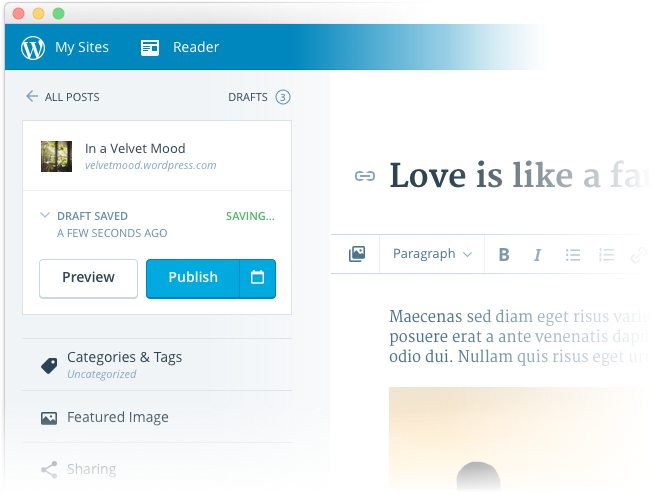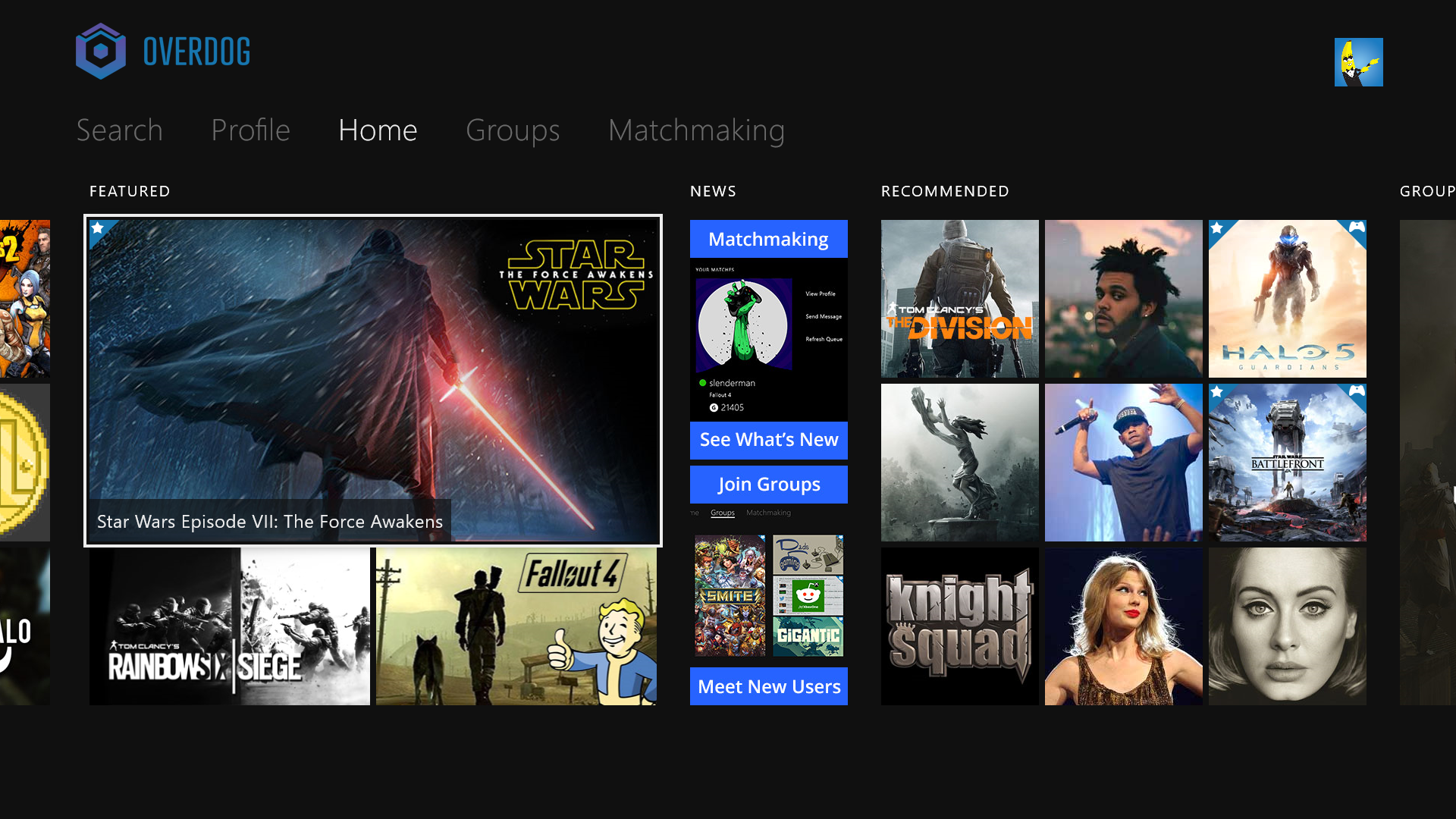Let's Learn About the WordPress REST API
Included (partially) in WordPress 4.4!
December 10, 2015
mattbanks.json
{
"name": "Matt Banks",
"work": "@OddNetworks",
"role": "Engineer",
"development": [
"JavaScript", "WordPress",
"Xbox One", "iOS"
],
"hobbies": [
"playing with my sons",
"video games", "soccer"
],
"facts": [
"tabs are better than spaces",
"Slack is better than Flowdock"
]
}

What is a REST API anyway?
REST stands for Representational State Transfer
A REST API provides a way to access, create, modify, and delete data from an external source
Separates the client from the server
CRUD - Create, Read, Update, Delete
otherwise known as PUT, GET, UPDATE, and DELETE
History of the WordPress REST API
Began as a Google Summer of Code project
Made to replace the aging, not-so-fun-to-use XML-RPC
Make WordPress a solid application framework
Amazing work from Ryan McCue, Rachel Baker and everyone involved
Infrastructure integrated into Core this week!
Let's Install WordPress REST API
Step 1: Upgrade to WordPress 4.4
But you already did that, right?
Step 2: Install the plugin
Step 3: ???
Step 4: Profit
Ok, now what?
Demo
Advanced Usage
Install the Client JS plugin to give you helper methods out of the box
Building custom endpoints lets you respond with any data you need
Authentication
OAuth1 (via plugin)
OAuth is complex, but the plugin is hoping to simplify application management and setup with a full admin UI
A few limitations
Serialized data cannot be read or stored using the REST API
Protected meta (prefixed with an _) cannot be accessed by the API
Most custom fields from plugins aren't immediately visable over the API (but they can be!)
What kind of awesome things are using REST API's?
What can we build with this now that we have it at our fingertips?
Calypso

Overdog

Links and Useful Tools
Postman REST Client (Chrome App, Mac App coming soon)
Questions?
Matt Banks
mattbanks.me | @mattbanks | matt@mattbanks.me
github/mattbanks